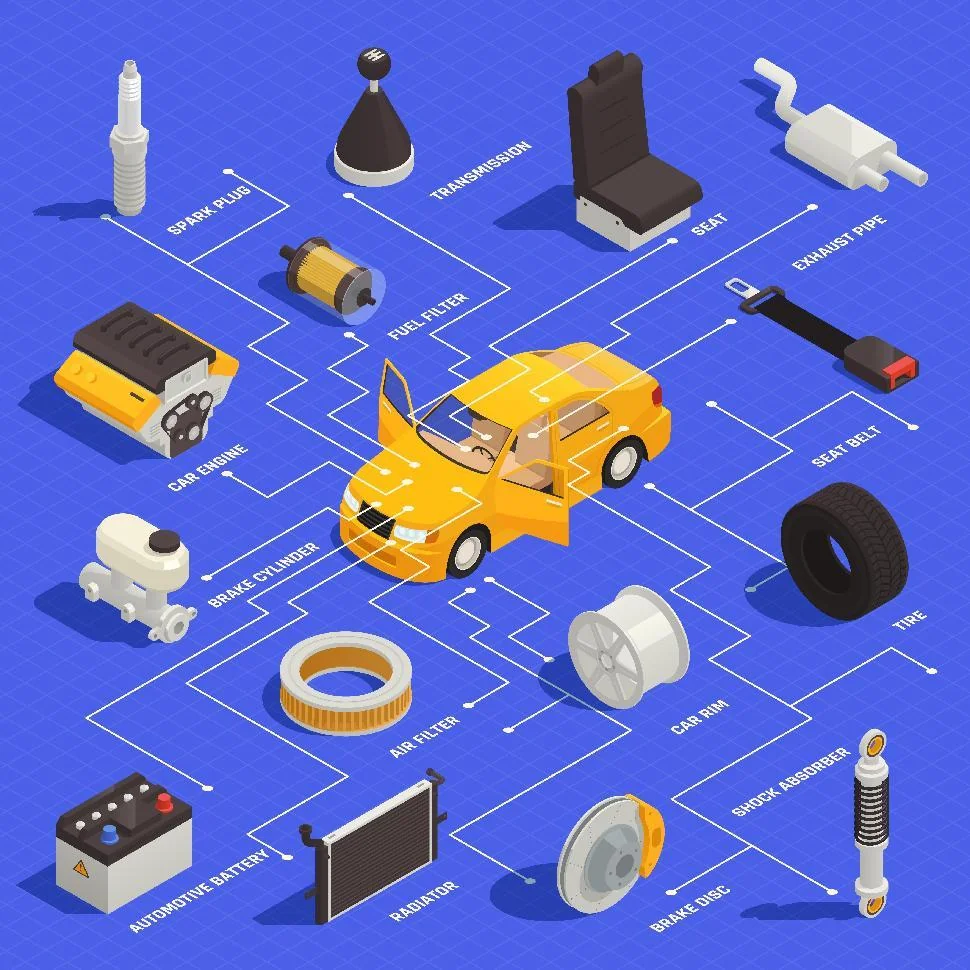The level of expertise of a molding machine operator is not exactly required to understand that these devices are very intricate and complex. Even for such an available technology that needs just the right type of training, maintenance is a very important party to keeping the manufacturing process running on schedule and delivering as many cycles as possible.
Depending on your type of hardware and use frequency there are basic settings for maintenance cycles on these machines. As a business owner or manufacturer, you probably have more than one molding machine for each type of assignment. Scheduling maintenance for each one of them can become a logistical nightmare if you don’t time them properly. Here’s some advice on how to handle these cycles and how can you time them on your favor.
Table of Contents
ToggleDaily Checkouts
This is probably the most basic form of maintenance you can offer to your plastic molding machines. It can be done daily and managed by you. As an operator, you will need to get acquainted with the visible parts of these devices and learn everything you can about them.
Sometimes very complex issues are solved with easy fixes such as proper lubrication of components or checking for worn-off parts. Cleaning residuals on visible spots it’s also a big help as it is the replacement of superficial components. Most of these checks can be done with the mold placed on the press, so there are no hazard risks.
General Revisions
This is a more in-depth approach and revision that need to be done in accordance to press cycle countdowns. Medium sized molding machines with basic open-shut delivery systems need to be checked every 250 million cycles. Big sized devices with the same features can withstand press cycles of nearly 500 million units before needing a revision.
The dynamic is very different when it comes to mold machines handling multiples moving parts. These usually require maintenance after a cycle of 100 million reproductions. All revisions go down in the same fashion: a technician disassembles the mold looking for defects and get the plates cleaned up after being inspected for any defects. Most internal components are revised for signs of wear and whichever are damaged get replaced. If the molding machine has hot runners is not unusual to look for leaks.
Deep Maintenance
The types of revisions are usually destined to all types of molding devices that reach the milestone of 1 million press cycles. This sort of maintenance usually makes the device take a full on stop of operations to make thorough inspections on every level, the most noticeable one being mold alignments. The plates are uninstalled to be compared with baseline new models. If the mold can withstand a few more cycles, it will be put in place again. Otherwise, it will be immediately replaced by a new one.
Most of the components are also checked for performance issues and measured to their original dimensions. If any single one of them shows some sort of wear or simply underperforms it will be replaced. If the machine uses water cooling methods, all pipes plug and water fittings get replaced for new ones. It certainly is one of the most expensive forms of maintenance but also the one that will keep these machines turning a profit.







